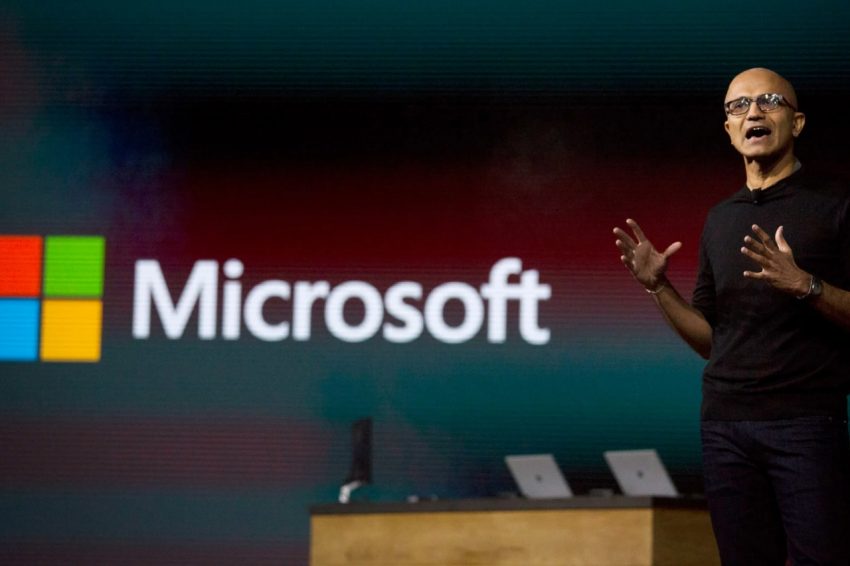Recently, Microsoft rolled out a public preview for their new managed service, Windows Autopath, which they claimed will turn Patch Tuesday into “just another Tuesday”. The service is specifically geared towards IT administrators in businesses. A Microsoft partner called TechQuarters spoke with us about Windows Autopatch. As one of the leading IT support companies London businesses partner with, TechQuarters always ensure that their clients receive the latest patch updates to Windows in a timely manner; this means that Windows Autopatch will be a valuable service for them.
Patch Tuesday
Microsoft release large update packages for Windows and Microsoft Office on the second Tuesday of every month, and have done since 2003 – this is colloquially known as ‘Patch Tuesday’. Microsoft never stop investigating their own products for vulnerabilities – when they develop patches for vulnerabilities they have found, rather than releasing them immediately, they collect every patch they’ve developed that month, and release it in one big package. This schedule makes it easier for IT admins to anticipate and prepare for updates that they need to roll out to their users.
However, with Windows Autopatch, Microsoft are aiming to alleviate that responsibility from IT admins once and for all.
What is Windows Autopatch?
In short, Windows Autopatch is a cloud service that automates updates across nearly all Microsoft products and services. This ensures that the products an organisation is using always have the most up-to-date security and productivity credentials.
Windows, Microsoft 365, and Microsoft Edge create an ideal digital ecosystem for businesses to operate to their full potential. On customer’s side, they’ll always want the products they’re using to function smoothly with as little intervention from them as possible. On Microsoft’s side, they feel that the responsibility for deploying and managing updates to their products should be on them, rather than allowing that responsibility to consume their customer’s IT resources. Windows Autopatch is the fruit of their labour to remove that burden form the customer – by ensuring that updates to products and services are rolled out automatically, businesses will be able to spend their IT resources in more ways.
Benefits of Windows Autopatch
According to Microsoft, Windows Autopatch will offer solutions to a range of technical challenges that businesses are facing nowadays:
Closing Security Gaps
A common reason for patch updates are to eliminate security vulnerabilities in software that were discovered. End users aren’t always very good at keeping software up-to-date, which could make their devices vulnerable to attacks. Windows Autopatch will ensure that security gaps are closed as soon as possible.
Closing Productivity Gaps
Similarly, Microsoft are perpetually developing their products and services to include new feature for productivity and general function. Windows Autopatch will ensure end-users receive new productivity features as soon as they’re available.
Optimizing IT admin resources
Updating endpoints in an organisation is a never-ending task, and while it is very important, it is not the most high value use of an IT professional’s time and expertise. Automating updates frees up their time and attention for other higher value work.
Reducing on-premise hardware
The world of technology as a whole is moving away from hardware-based infrastructures. Windows Autopatch works because Microsoft 365 is a software as a service (SaaS) solution, which means the infrastructure is entirely cloud based – organisations no longer need servers or other on-premise hardware to roll out software and updates. In the long term, this is highly cost effective.
Onboarding new services
Enrolling users and endpoints to services has always been a time-intensive process for IT admins. However, Windows Autopatch is designed to streamline these processes, making it easier to implement new services.
Minimizing end user disruption
As Windows Autopatch is automated, it also has a number of features to ensure that endpoints receive the right updates (taking into consideration the compatibility and reliability of the endpoint). The service also employs update rings that ensure all updates are safe and reliable. This is all to ensure that only stable updates are rolled out, thus circumventing any potential disruptions in end-user experience.

